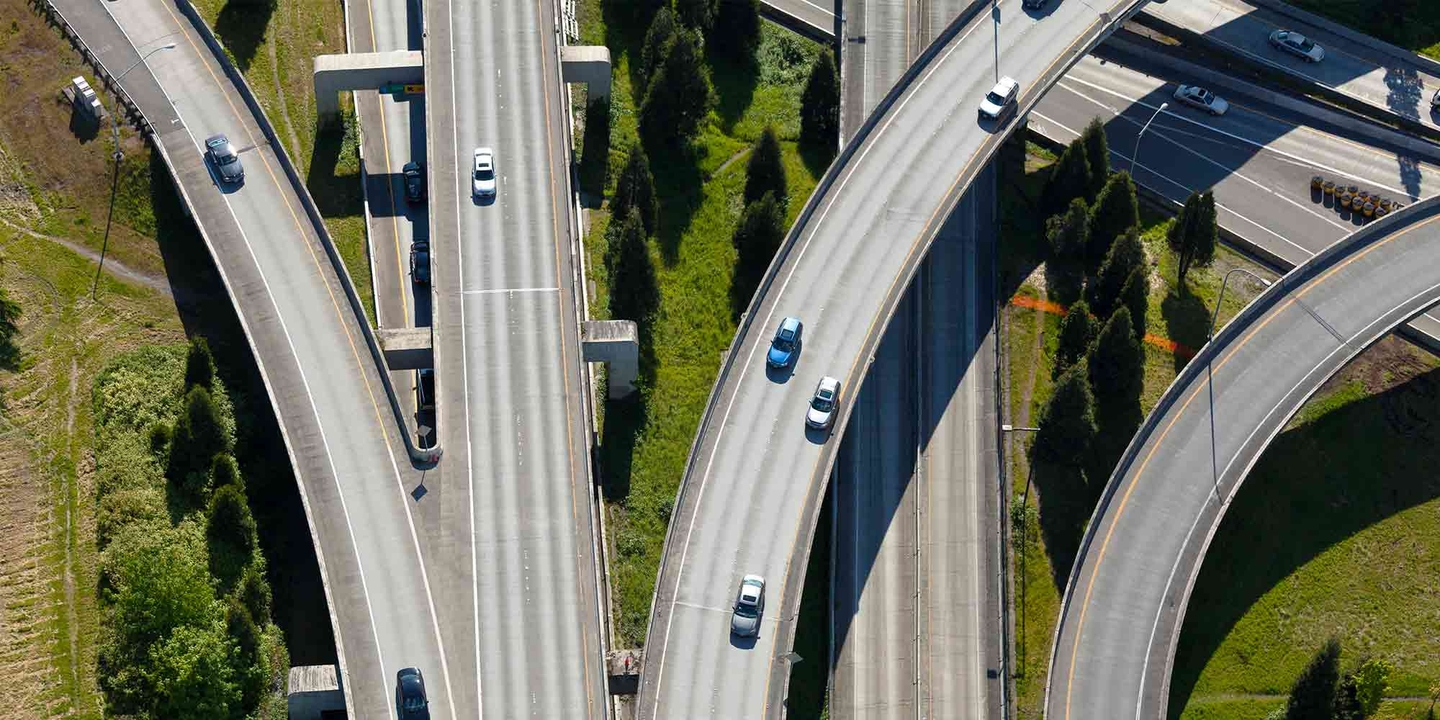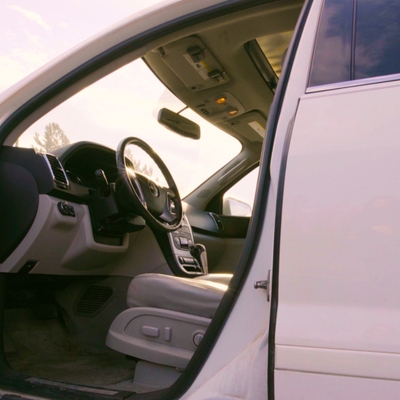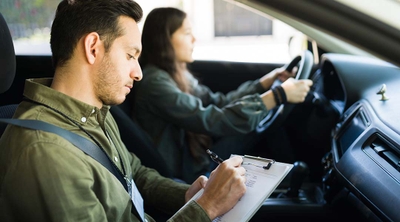How to merge into traffic
2 min read
Merging traffic is when two traffic streams combine into a single lane. In the past, different states have adopted various lane merging rules. The federal government now recommends “zipper merging” also called “joint lane merging” to minimize traffic backups when merging traffic is required. The more modern zipper merge can feel like a violation of driving etiquette to some drivers, so understanding why it’s a good idea can help you get comfortable with it.
Still, states differ on the official method of merging traffic. Check with your Department of Transportation (DOT) to know what rules apply in your state.
What are the different ways to merge into traffic?
Early merge
The older, more traditional style of lane merging is called the early merge. In this method, one lane is designated as the open lane and has the right of way. Drivers in the other lane start trying to get over into the open lane, relying on others — who have the right of way — to let them in. Relying on others can lead to backups if drivers cannot merge lanes successfully. It also leaves large portions of the closed lane unused and blocks more exits, lowering efficiency.
Zipper merge
In joint lane merging (zipper merge), both lanes have equal priority, and cars proceed along both lanes until the point of closure, where they alternate like the teeth of a zipper to proceed into the open lane. This style of lane merging uses all available lane space and reduces traffic jams. It also increases safety by reducing the speed difference between lanes when merging happens.
How to merge while driving
Here are helpful tips to make merging seamless and safe regardless of the merging traffic rules in your state.
- Try to match the speed of traffic in the lane you want to merge into.
- Make sure you have enough space (3-5 seconds is recommended).
- Check your blind spot before merging to make sure the lane is empty.
- Only change lanes where it’s legal to do so (indicated by a dashed white line between lanes).
- Use your turn signal several seconds in advance of your lane change to alert other drivers.
- Be especially attentive and eliminate driving distractions when merging or changing lanes.
Merging onto the highway
Besides lane closures, traffic commonly merges at on-ramps for highways and other controlled-access roads. In these cases, the rules of the road give the right of way to existing traffic. Cars arriving on the ramp must wait for an opportunity and merge safely into existing traffic.
- Speed matching is essential when merging onto the highway where the speeds are higher. Use the ramp to increase your speed to highway speed
- Yield to those already on the highway
- If you’re on the highway, avoid tailgating and make space to let new cars onto the road
Good driving habits, like merging correctly, can keep you safe on the road. Get more tips for safe driving practices.
Other considerations for merging traffic rules
How confident are you on the road? An American driving survey by Progressive found drivers to be highly confident in their driving skills while needing to be more knowledgeable of laws and rules. See the results of our Rules of the Road Driving Survey and find out how drivers fared in their knowledge of traffic laws, road signs, and adherence to safe driving habits. Good driving habits, like merging correctly, can keep you safe on the road. Learn more tips for safe driving practices.




